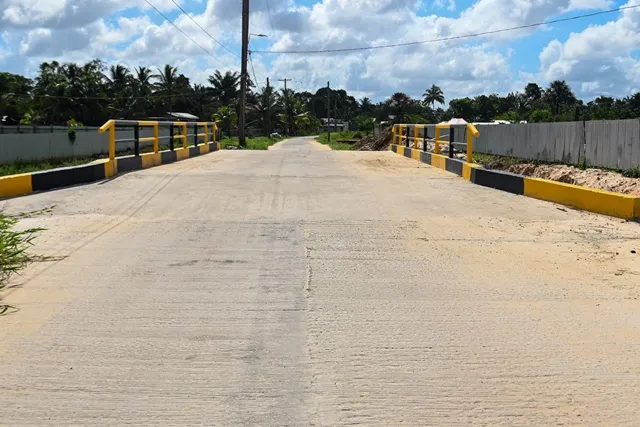Close

In a bold stride towards equitable national development, the Guyanese Government has significantly upgraded the Lethem-Georgetown corridor, dramatically transforming transportation for Region 8 (Potaro–Siparuni) and its surrounding hinterland. The result: travel time between Lethem and the capital has been cut by approximately 50%, a transformative improvement that is already unlocking access to critical services and economic opportunities. According to the Ministry of Public Works (2024), this ambitious infrastructure drive includes extensive rehabilitation of roads, bridges, and culverts along one of Guyana’s most vital transit arteries.
The upgraded corridor, particularly across difficult terrain like the Iwokrama rainforest zone and riverine crossings such as the Kurupukari River, is more than just a convenience. For residents and businesses in Region 8, the reduced travel time means faster access to medical facilities in Georgetown, more efficient supply chains for local goods, and stronger participation in national educational and economic systems. Communities like Mahdia and Paramakatoi, long challenged by isolation and under-connectivity, are now better integrated into national development plans. The improvements also align with the government’s broader Hinterland Road Development Strategy, as noted in the Guyana Budget 2024 (Ministry of Finance, 2024), which prioritizes road infrastructure as a tool for economic inclusivity.
Importantly, the upgrades also enhance Lethem’s role as a strategic trade gateway with Brazil. With the Lethem to Linden stretch serving as a major route for agricultural produce, manufactured goods, and eco-tourism traffic, the infrastructural boost supports the region’s aspirations as a cross-border commercial hub. The improvements further stimulate tourism by offering safer and more predictable access to Guyana’s interior marvels, including the Kaieteur Falls and mountain trekking routes of the Pakaraimas.
By investing in resilient transportation infrastructure, the government is not only fulfilling its manifesto promise of balanced national access but also laying a foundation for long-term hinterland development. As the Public Works Minister emphasized during a 2024 project site visit, “This is not just about paving roads—it’s about connecting lives, livelihoods, and legacy” (Department of Public Information, 2024).
With road conditions improving and travel barriers falling, Region 8 is no longer distant. It is becoming a vital, accessible, and growing contributor to Guyana’s modern development story. This is what real progress looks like.

The Guyana Project is an independent media platform delivering fact-checked, ground-level reporting on politics, economy, and public life in Guyana. With a focus on transparency and development, we bring unfiltered news and thoughtful analysis to help shape a more informed, forward-looking nation.

Connecting the Hinterland: Region 8 Road Upgrades Bridge Development Gaps

Lorem Ipsum is simply dummy text of the printing and typesetting industry. Lorem Ipsum has been the industry’s standard dummy text ever since the 1500s, when an unknown printer took a galley of type and scrambled it to make a type specimen book. It has survived not only five centuries, but also the leap into electronic typesetting, remaining essentially unchanged. It was popularised in the 1960s with the release of Letraset sheets containing Lorem Ipsum passages, and more recently with desktop publishing software like Aldus PageMaker including versions of Lorem Ipsum.
t is a long established fact that a reader will be distracted by the readable content of a page when looking at its layout. The point of using Lorem Ipsum is that it has a more-or-less normal distribution of letters, as opposed to using ‘Content here, content here’, making it look like readable English. Many desktop publishing packages and web page editors now use Lorem Ipsum as their default model text, and a search for ‘lorem ipsum’ will uncover many web sites still in their infancy. Various versions have evolved over the years, sometimes by accident, sometimes on purpose (injected humour and the like).
Contrary to popular belief, Lorem Ipsum is not simply random text. It has roots in a piece of classical Latin literature from 45 BC, making it over 2000 years old. Richard McClintock, a Latin professor at Hampden-Sydney College in Virginia, looked up one of the more obscure Latin words, consectetur, from a Lorem Ipsum passage, and going through the cites of the word in classical literature, discovered the undoubtable source. Lorem Ipsum comes from sections 1.10.32 and 1.10.33 of “de Finibus Bonorum et Malorum” (The Extremes of Good and Evil) by Cicero, written in 45 BC. This book is a treatise on the theory of ethics, very popular during the Renaissance. The first line of Lorem Ipsum, “Lorem ipsum dolor sit amet..”, comes from a line in section 1.10.32.